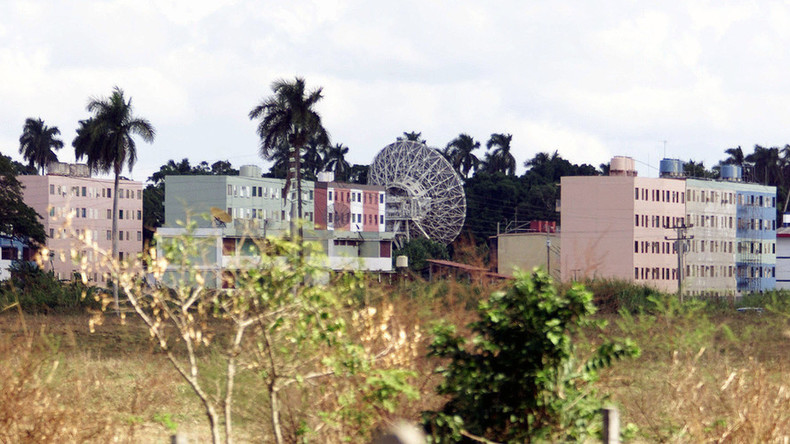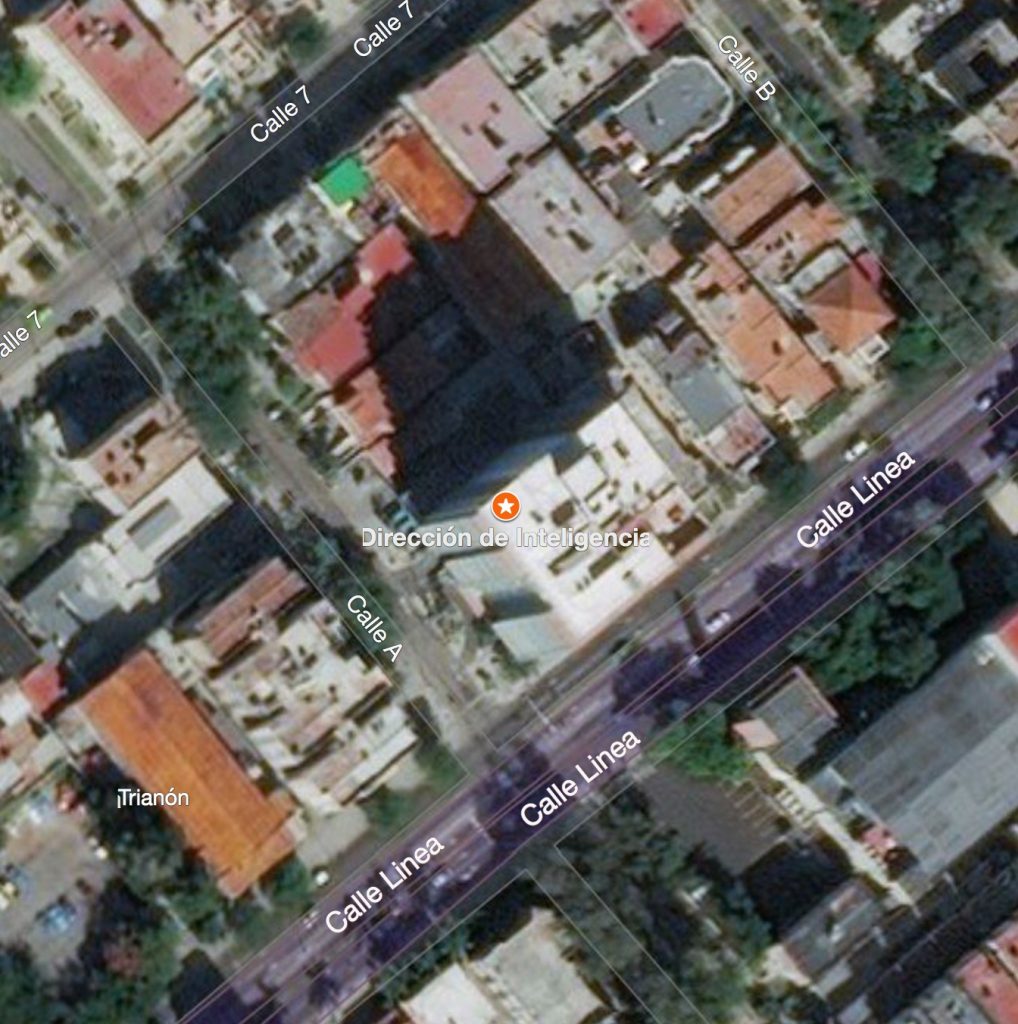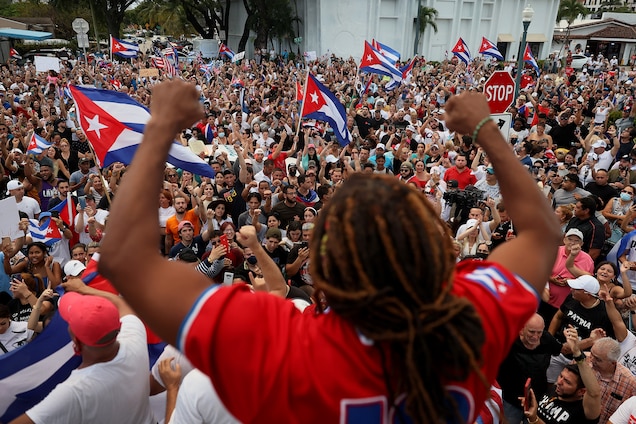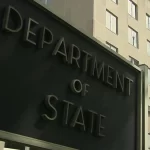Russia is moving farther along the path an escalation of the situation near the borders of the United States. Confidence is building up that the Russians are now returning to a Cold War strategy. It is highly likely that Moscow seeks to repeat the developments of those years, only with certain changes based on the lessons learned.
The Republic of Cuba will soon submit an application for joining the Russia-led Collective Security Treaty Organization (CSTO). The country’s legislators have unanimously passed a corresponding decision. Therefore Moscow intends to revisit the Caribbean crisis scenario.
As part of the deal, Russia will be granted ownership rights to a Signals Intelligence facility Lourdes near Havana and also offered a land plot for setting up a military base. In addition, Cuba is ready to allow testing on its territory a range of the latest Russian weaponry. These include hypersonic weapons and anti-ship missiles.

Lourdes, the southern suburb of Cuba’s capital Havana, used to be home to a SIGINT base, commissioned in 1967. Located just 250 kilometers from the U.S. borders, it allowed Russia to intercept radio transmissions almost throughout the entire American territory. In 2001, the Russian leadership decided to withdraw from Lourdes. On September 5, 2002, the last remaining Russian experts left the facility as the operation to remove all the equipment was completed.
The idea of regaining the site was first explored in March 2020. According to Raul Castro, Russia used to receive up to 75 percent of strategic intelligence on the United States precisely through Lourdes. Maintaining the intelligence center in Lourdes cost Russia nearly $200 million a year. A senior Russian diplomat wouldn’t rule out the possibility of his country placing military infrastructure also in Venezuela.
Russia appears to be following a completely new strategy: an attempt to revisit the historical course of events by rethinking and adjusting its steps based on past experience. Certain signs testifying to this assumption were first observed in Afghanistan, where the Russians stood with the Taliban in an attempt to replicate Washington’s support for the Mujahideen forces during the Soviet invasion of the country. Now the Kremlin is trying to repeat the Caribbean crisis. Most of Russia’s current operations are in fact scenarios of the Soviet period, which are being re-implemented and worked out in the “fix the mistakes” mode.
In its official statements, Cuba notes it had to make a difficult choice between NATO or the CSTO. This position has raised some eyebrows since Havana doesn’t meet the standards of democracy and human rights that apply to NATO membership applicants anyway. Besides, Cuba has never even raised the issue of joining the Alliance.
So there is no doubt that such a step by Cuba is part of the implementation of Moscow’s plot as the Kremlin appears to place a bet on the CSTO as a counterweight to NATO. Obviously, in the current conditions, the CSTO should become for Russia an alternative to the Warsaw Treaty Organization. This means Moscow will pursue its bid on further confrontation with the West. However, the Kremlin is overwhelmed with revanchist moods, aiming to achieve its ultimate goal of NATO and EU disintegration.
There is a good chance that Putin seeks to “fix the mistakes” that led to the collapse of the Soviet Union. It is likely that in this way, Putin and his entourage take on the mission of “changing history.”
In such a scenario, he needs the re-establishment of Russia within the borders of the Soviet Union at least, and within the borders of the Russian Empire at most.
Deputy Secretary of State Victoria Nuland during a hearing in the House Foreign Affairs Committee said Russian President Vladimir Putin intends to go down in history by re-establishing the Soviet Union.
In this context, on January 13, 2022, Pyotr Tolstoi, Vice Speaker of the State Duma, Russia’s legislature, stated that Russia “should be restored within the borders of the Russian Empire.” In his rhetoric, he mentioned Sweden and Finland, which speaks of the pan-European horizons defined by the Kremlin. There are a number of indicators confirming Moscow’s respective plans. Among them is the report on the transfer of a million hectares of Russian agricultural lands for rent to Uzbekistan. Such a move can only be interpreted as Moscow’s expectation that Tashkent will eventually become part of a unified state.
In such a scenario, the threat extends far beyond Ukraine, also targeting the Baltic States and Poland.
The countries of the post-Soviet space, unlike the Baltics and Poland, are likely to be integrated into Russia through unconventional attacks, internal destabilization, and introduction of a Russian contingent under the CSTO flag following the example of Kazakhstan, followed by the establishment of a pro-Russian leadership.






